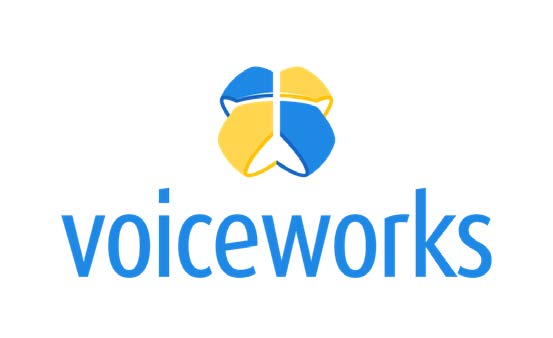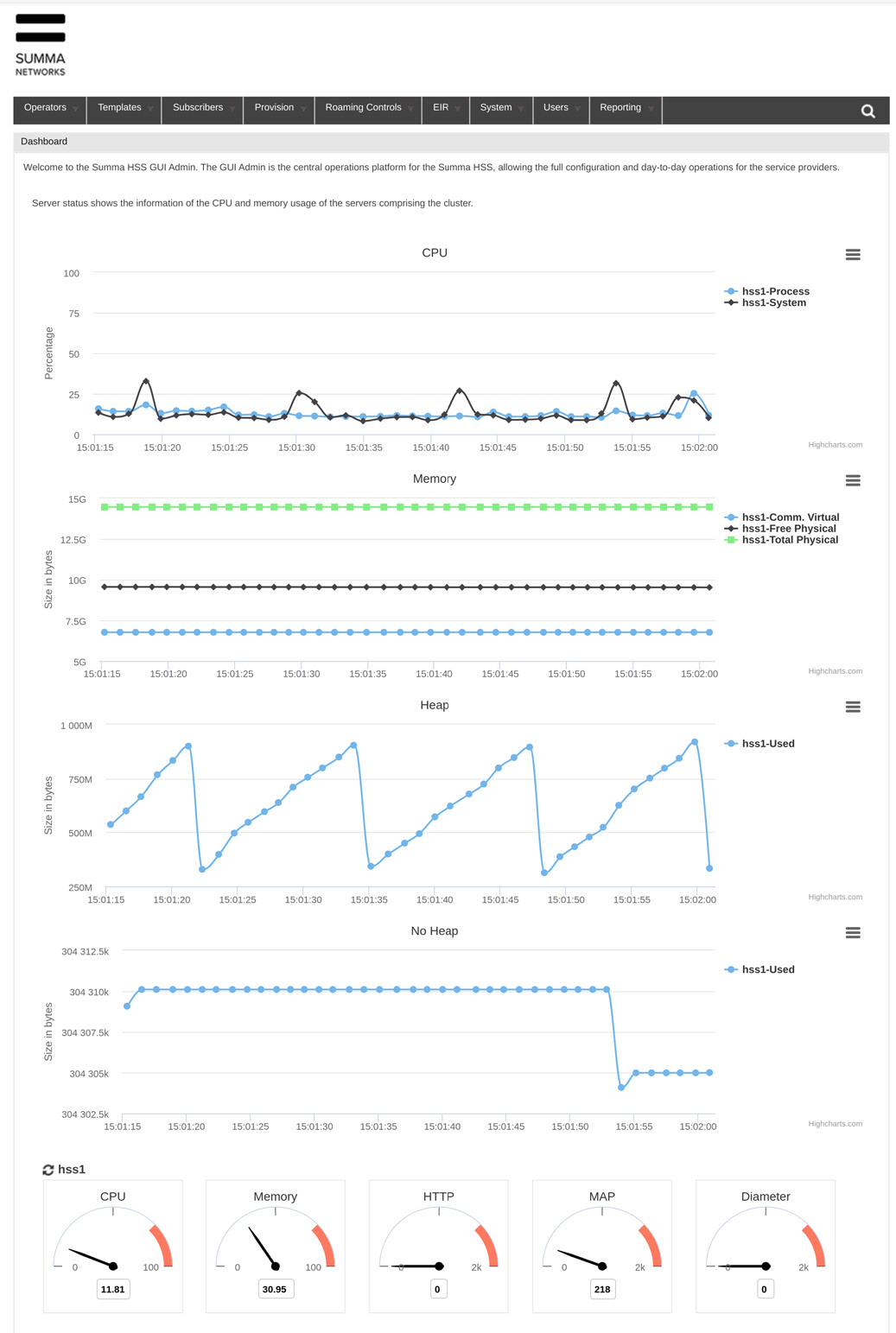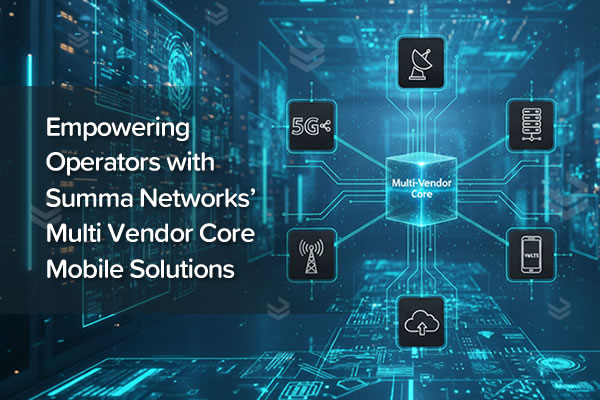The latest news and insights

Summa Networks NextGen HSS Accelerates European MVNE’s Evolution Towards 5G
Overview
Global unique mobile subscribers will grow from 5.2 billion in 2019 to 5.8 billion in 20251, according to GSMA. A significant portion of this growth is attributable to the expansion in 4G networks, with 4G connections expected to reach 4.9 billion by 2025 - a 19.2% growth from 4.1 billion connections in 2019. 5G, whose deployments begun in 2019 is expected to reach 1.8 billion connections by 2025, making up 20% of total mobile connections.
On the network end, the growth of 4G and 5G subscriptions has precipitated rapid improvements in the mobile core as user and control traffic continues to surge amid rapid expansion of access networks. From Q1 2019 to Q1 2020, the mobile core market grew by a CAGR of 10% to reach USD 8 billion2, serving millions of mobile subscribers accessing voice, messaging and data services across multiple networks. In more recent years, advancements in the mobile core has led to the creation of innovative mobile services and pricing plans that combine mobile, IoT, fixed, content and enterprise services, delivered via converged platforms that allow seamless access and control.
Improvements in the mobile core have also contributed to the growth of MVNOs and MVNEs as providers of mobile connectivity to niche markets. In terms of market size, in 2019, the global MVNO market was an estimated USD 61.1 billion3 and is expected to grow at a CAGR of 7.6% from 2020 to 2027. An advanced mobile core platform enables MVNOs and MVNEs to offer differentiated, niche and targeted offerings, tackling the commoditization, price pressure and competition from larger MNOs in the industry.
Introducing Voiceworks

Voiceworks is an MVNO and MVNE that provides UC, fixed-mobile and VoIP solutions in the Netherlands and Germany. Voiceworks is part of European UCaaS provider Enreach which as of 2020, under all of its companies, was serving around 2 million business customers worldwide.
The Need for an Enhanced Subscriber Data Management Solution
In supporting its suite of MVNO, MVNE, UC and fixed-mobile services, Voiceworks required a mobile network core that can manage a growing subscriber base on multiple mobile networks. More specifically, Voiceworks requires a robust subscriber data management (SDM) solution at their network core that can manage the data, services, authentication, access and location information of a growing number of MVNO business subscribers in a single converged database. This will enable Voiceworks to, firstly, offer UC services that connect seamlessly to its mobile networks, and secondly, provide its MVNE clients and its own MVNO customers unified connectivity across 2G, 3G, 4G and 5G.
The Challenge
To cater for this growth, Voiceworks started off with a Home Location Register (HLR) solution for 3G. The legacy HLR solution had a single subscriber database for Voiceworks’ mobile network users across the Netherlands and Germany. The solution was, however, subsequently discontinued.
This resulted in Voiceworks having to find an alternative solution that supported all the features of the legacy HLR solution and that could in time support Voiceworks’ evolution to 5G.
The HLR/HSS solutions then available were mainly based on legacy software which would require major upgrades to make them suitable for changing market standards. Besides, there was no cost-effective solution that was able to fit the needs of small to medium-sized MVNOs. This led to Voiceworks’ decision to outsource the development of its HLR as well as its HSS (Home Subscriber Server) software.
Voiceworks Deploys a New HLR/HSS Solution

In 2015, Voiceworks teamed up with Summa Networks to deploy Summa Networks’ NextGen HSS.
NextGen HSS was developed from scratch, using the latest technologies and architecture and was based on the latest telecommunications protocols. This presents several long term advantages as it gives NextGen HSS a head-start in the evolution towards 5G networks and new communications protocols such as VoLTE and VoWiFi.
NextGen HSS is a carrier-grade, scalable and flexible HLR / HSS solution that combines a HLR solution for 2G and 3G, a HSS solution for LTE and IMS, and a UDM solution for 5G.
The plan was to migrate Voiceworks’ MVNOs’ subscribers as well as Voiceworks’ UC users in the Netherlands and Germany from a legacy HLR solution to Summa Networks’ NextGen HSS. The migration provided Voiceworks a HSS solution that best fit its requirements with the following range of advanced features:
-
Geo-redundancy
Summa Networks NextGen HSS offers geo-redundancy,with the solution being installed in a set of diverse geographical locations across the Netherlands and Germany to ensure service availability and minimize downtime from power cuts, natural disasters or technical mishaps.
-
Support for virtualization architectures
While Voiceworks deployed NextGen HSS in a geo-redundant on-premise setup, it can also be deployed in an entirely virtualized environment, leveraging commercial off-the-shelf (COTS) hardware.
-
Cost effectiveness and network-wide licensing
Summa Networks provides a single network- wide license for NextGen HSS, resulting in Voiceworks saving on recurring licensing costs which would have otherwise been incurred every time a physical instance of the solution is deployed. The solution also comes with cost-free module and feature add-ons. The pricing is based on the number of active subscribers, which allows Voiceworks to start off with minimal overheads and scale up as the number of subscribers increases.
-
Multiple International Mobile Subscriber
Identities (IMSIs), Mobile Station International Subscriber Directory Numbers (MSISDNs) and SIMs NextGen HSS supports multi-IMSI and multi-MSISDN subscriptions, enabling Voiceworks to offer a seamless roaming experience for its subscribers in two or more regions. This enables Voiceworks to extend its UC connectivity to users from any of these regions, resulting in extended, inter-region support for global enterprises. -
Different USSD profiles for each IMSI
The solution also supports customization of Unstructured Supplementary Service Data (USSD) profiles and codes for each IMSI, by each MVNO. This allows MVNOs to cater for various mobile plan types, such as post-paid and pre-paid and provide support for a wide range of value-added services for subscribers on its 2G, 3G, 4G and 5G services including those using feature phones.
-
SIP- and backward-compatibility
NextGen HSS supports SIP as well as a host of legacy protocols, granting Voiceworks the flexibility to integrate it with its UC systems.
The Deployment Phase
While there were some early challenges that came with replacing Voiceworks’ legacy solution and deploying it on a live network for the first time, proactive management and support by Summa Networks ensured that the challenges were promptly ironed out and the solution was deployed successfully.
Summa Networks’ NextGen HSS version 4.1 will be compatible with 3GPP Release 15 which is the first 3GPP release to include the full set of standards on 5G NSA.
“As a newly developed and complex software, the few months after the installation presented some challenges mainly due to adaptation to Voiceworks networks specificities and traffic patterns. However, Summa Networks team of engineers were quick in responding and solving issues, so we could go into production relatively fast” Christian Bichbäumer, Head of Mobile Operations & Infrastructure at Voiceworks
Delivering Value to Voiceworks
Post deployment, Voiceworks observed major enhancements in terms of both subscriber management and support for new services. These include:
Ease of Managing Subscribers
Voiceworks found that managing their mobile network core was much simpler when all their network users are converged in NextGen HSS’ single SDM system. A single system enabled harmonization of subscriber records and a single database source for all other applications on the network.
-
Acceleration of VoLTE and VoWiFi Rollout
Unlike pure HLR solutions, NextGen HSS supports 4G and soon 5G networks. Leveraging this, Voiceworks was able to accelerate its plan to introduce VoLTE services, which are highly demanded in the VoIP market for their high-definition voice, short call connect times and low bandwidth consumption.
Voiceworks also expects to roll out VoWiFi in 2021. Voiceworks entry into this market is expected to strengthen its position as one of the region’s most innovative MVNE and UC provider.
Conclusion
Voiceworks’ partnership with Summa Networks enabled the operator to scale up its operations both as a MVNO and MVNE and cater for a growing subscriber base, and ensure that its network is 5G-ready. At the same time, it positioned Voiceworks as an MVNE and UC provider of choice, with ready integration with mobile connectivity - just as demand for solutions that supported remote working rose rapidly, following COVID-19 and its impact on movement restrictions globally.
Download Case StudyLatest Blog

Empowering Operators with Summa Networks' Multi Vendor Core Mobile Solutions


